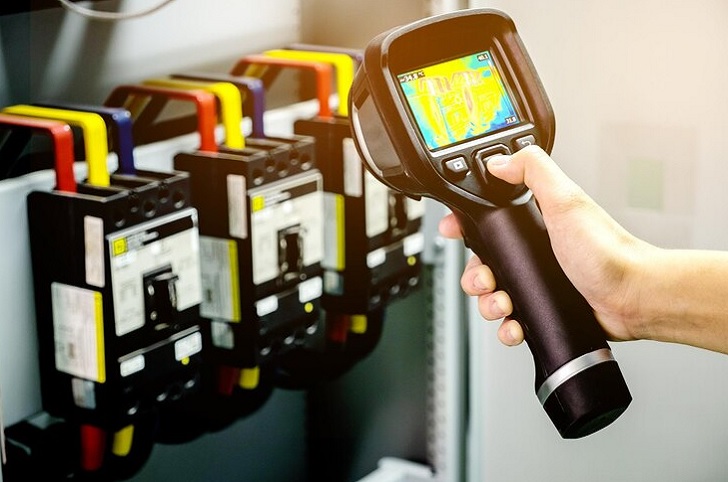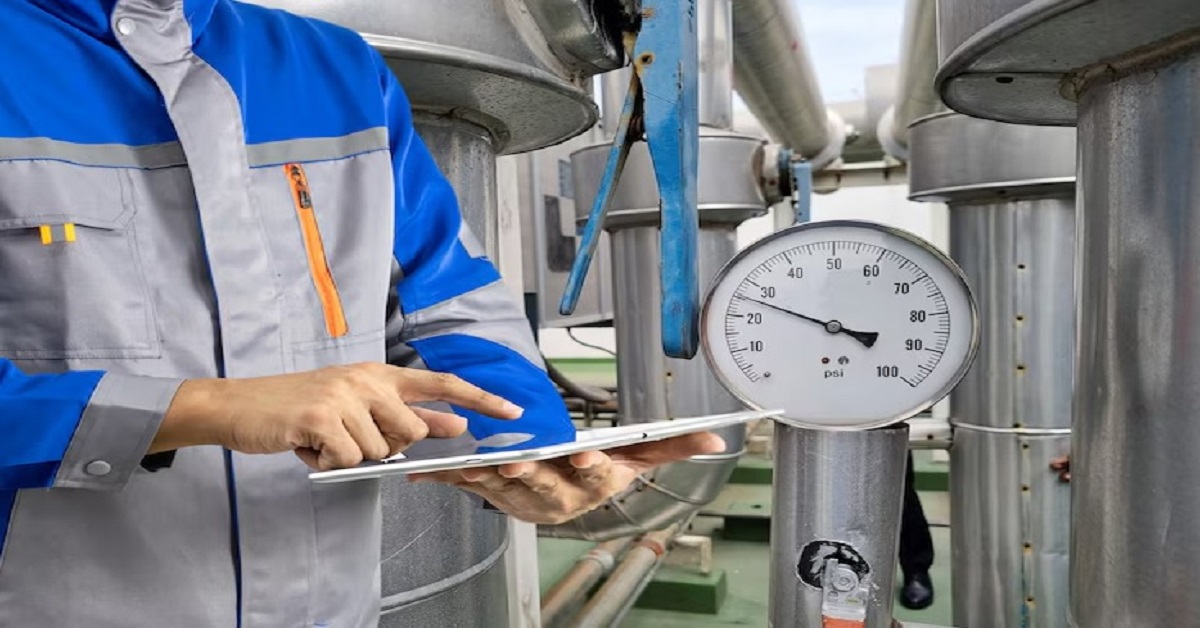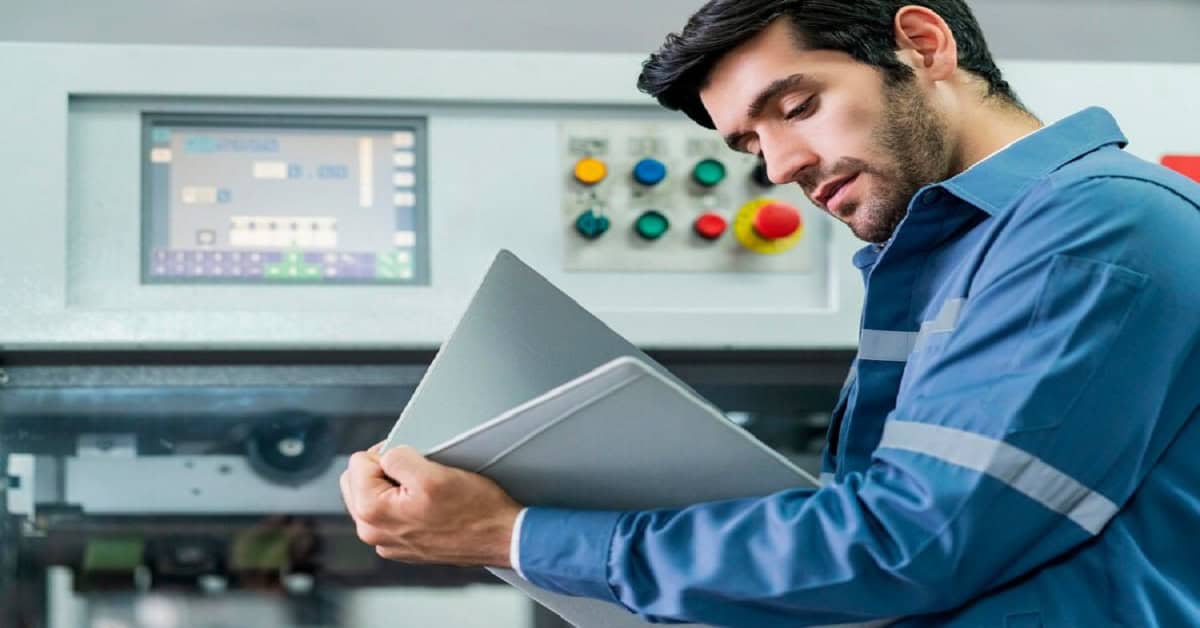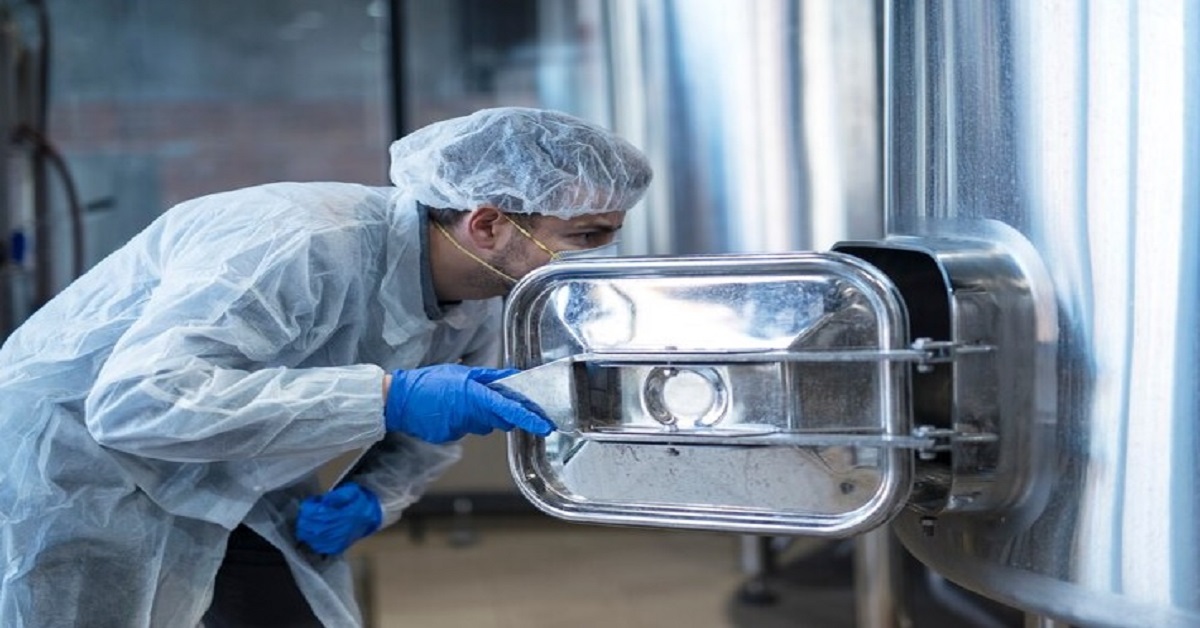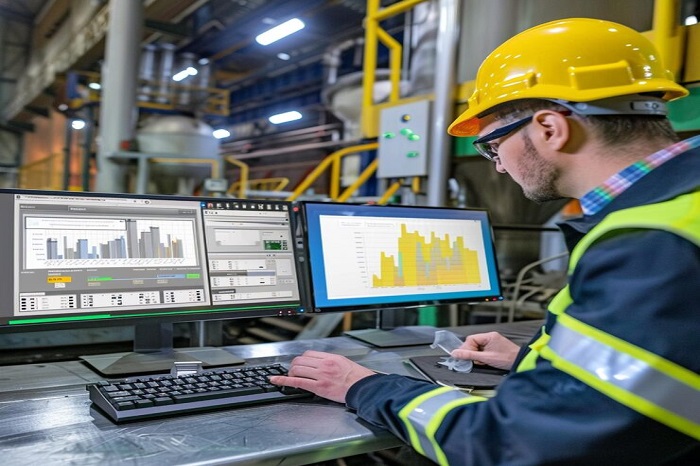Integration of industrial temperature sensors with industrial monitoring solutions is essential for process optimization, safety, and efficiency improvement in current industrial settings. Real-time data from industrial temperature sensors can be utilized to track and manage a range of industrial processes. This is a comprehensive guide discussing the advantages and recommended steps for temperature sensor integration with industrial control systems.
The Importance of Temperature Sensors in Industrial Processes
Temperature sensors are essential for a wide range of industrial purposes. They assist in maintaining the ideal atmosphere, guarantee that equipment operates as intended, and protect against freezing or overheating. Precise temperature control is vital for product quality and safety in industries including manufacturing, food processing, pharmaceuticals, and chemical production, where accurate temperature monitoring is crucial.
The Advantages of Integration
Enhanced Process Management
Automatic modifications based on real-time data are made possible by the integration of temperature sensors with control systems. Increased uniformity and precision in the process result in higher-quality goods.
Enhanced Safety
Automatic temperature monitoring can identify abnormalities early on, averting potentially dangerous situations like equipment overheating or uncontrollably heated chemical reactions. This proactive strategy also improves workplace safety.
Enhanced Efficiency
The best possible use of energy is made possible by real-time temperature data. Systems may be configured to only run when absolutely essential, which lowers operating expenses and energy usage.
Predictive Maintenance
Constant temperature monitoring aids in the early detection of equipment faults. Proactive scheduling of maintenance may reduce downtime and increase the lifespan of equipment.
Action Items for Successful Integration
Pick the Correct Sensors
Choose temperature sensors that are appropriate for the particular industrial application you have in mind. Consider factors like temperature range, precision, reaction time, and surrounding circumstances.
Ensure Compatibility
Verify that the sensors work with the control systems you have in place, such as SCADA or PLC (Supervisory Control and Data Acquisition) systems. Compatibility guarantees smooth data processing and transfer.
Proper Installation
Attach sensors at vital locations where precise temperature measurements are necessary. Install according to the manufacturer’s instructions to guarantee accuracy and lifespan.
Calibration and Testing
Calibrate sensors on a regular basis to ensure accuracy. Thoroughly test the systems throughout the integration phase to make sure the sensors and control systems interact with each other and react to temperature changes appropriately.
Data Integration
Incorporate sensor data into the software of the control system. Set up the system so that it can analyze the data and carry out control actions according to preset criteria. This might entail adding unique logic to your SCADA or PLC software.
User Training
Educate staff members about the recently integrated system. Make sure they know how to read data, react to warnings, and maintain sensors and control systems on a regular basis.
The strategic integration of industrial temperature sensors with industrial control systems yields substantial advantages for process control, safety, efficiency, and maintenance. Companies can fully leverage temperature monitoring technology through appropriate selection of sensors, verification of compatibility, adherence to best practices for installation, and integration of data. This integration helps create safer and more reliable industrial processes in addition to increasing operational efficiency.
Remaining ahead of the curve in the quickly changing field of industrial automation may be achieved through the efficient integration of temperature sensors. Adopt this technology to improve the accuracy, safety, and efficiency of your industrial operations.
